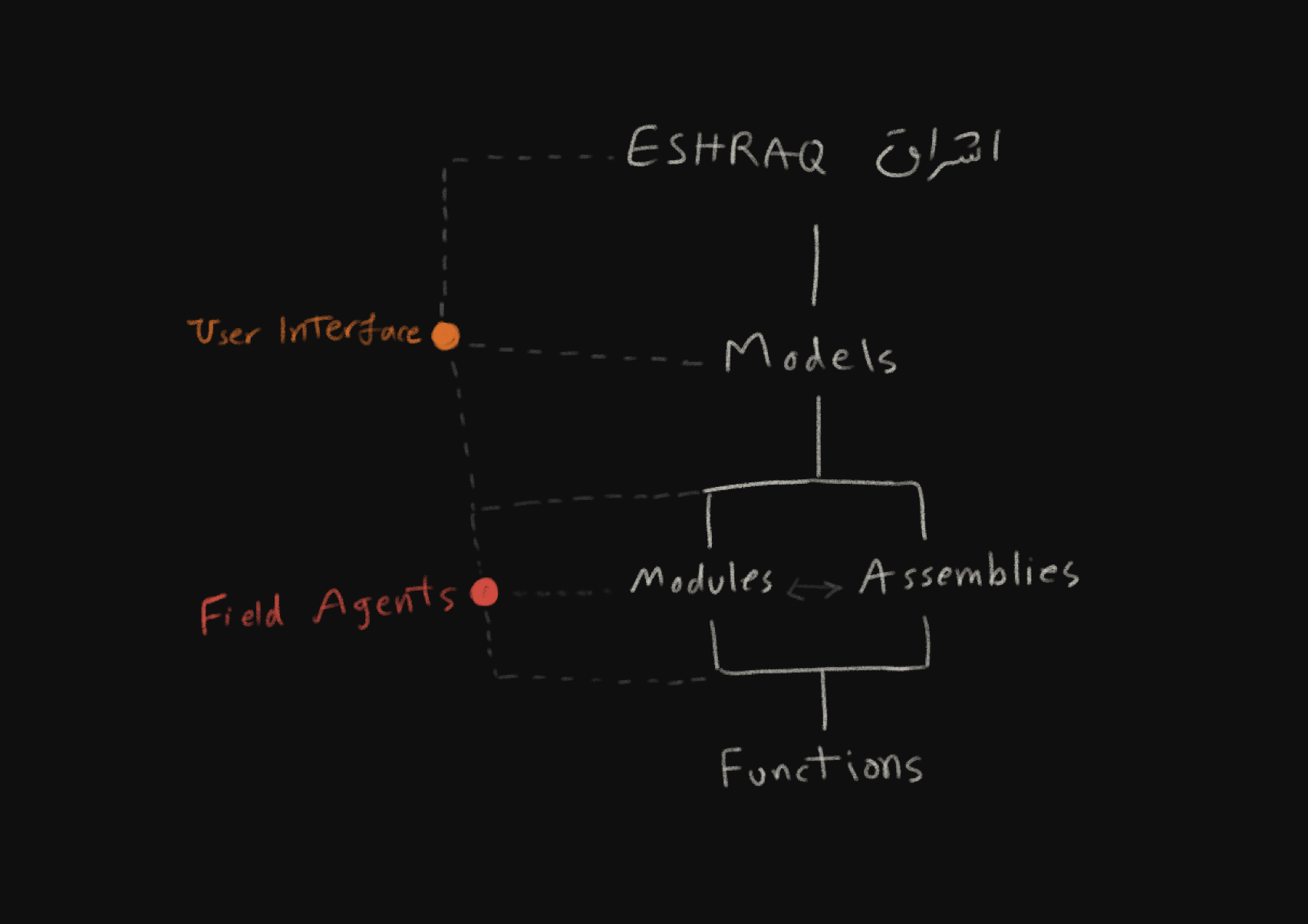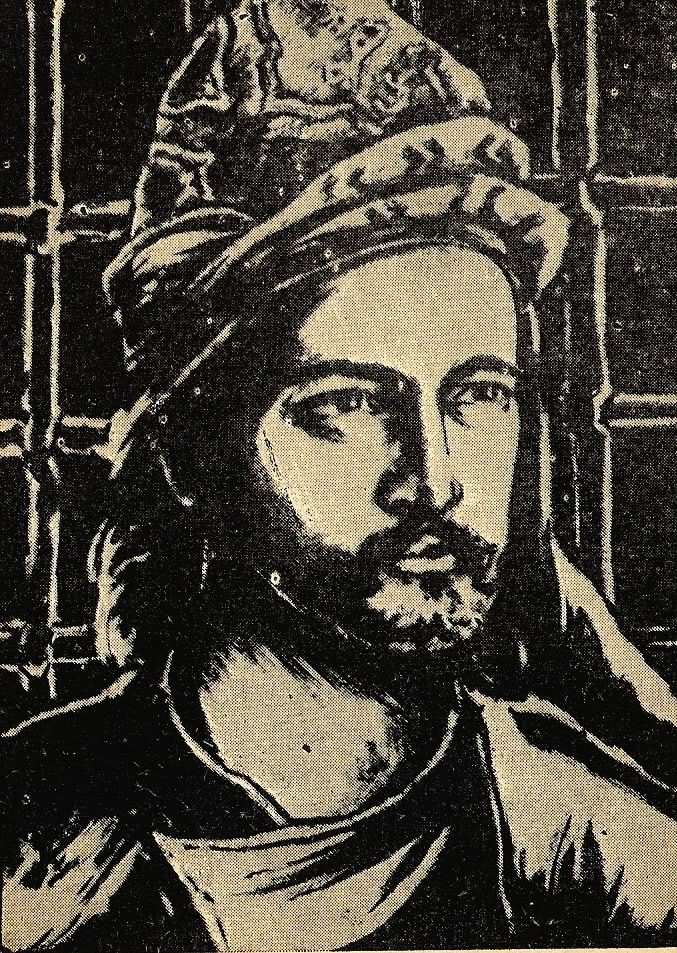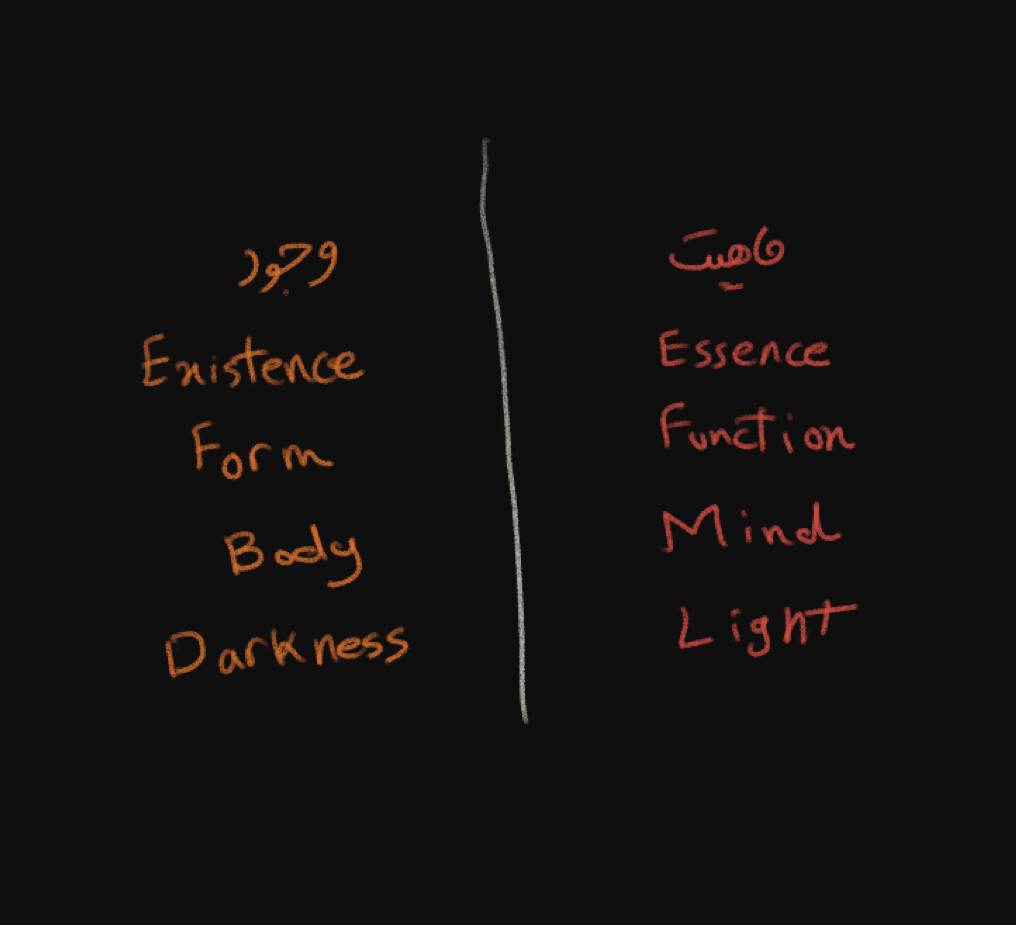ESHARQ - Introduction
I’m excited to share the initial phase of my new project, titled “ESHRAQ” (اشراق), meaning illumination. The name “ESHRAQ” is inspired by the Persian philosopher Shahab al-Din Suhrawardi (b. 1154) and his masterpiece, “Hikmat al Eshraq” (The Philosophy of Illumination). Suhrawardi’s work explores fascinating concepts of light, essence, existence, and the divine. This project is not a direct simulation of Suhrawardi’s ideas but rather an experiment with his philosophical insights within a contemporary computational framework. By partially emulating and synthesizing Suhrawardi’s core concepts, I aim to explore their relevance and potential in today’s context.
I’ve created a video showcasing the early phase of this project:
ESHRAQ is a modular computational model designed for meditations on forms and functions that rule the natural world. These models are derived from real-world phenomena, sampled, distilled, and synthesized to unravel and illuminate complex systems through computation.
Over the past year, I’ve been focusing on learning C++ to sharpen my coding skills, which became essential for exploring modularity’s true potential. At the same time, I engaged in philosophical readings through the Foreign Object online study group, profoundly influenced by Reza Negarestani’s guidance. These studies were crucial for understanding how computation and models can be used as tools for deeper inquiries into the complex and entangled concepts of the real world.
In this project, computation is not merely about 0s and 1s, CPUs, and hardware but about a cognitive system where instructions, observations, and engagements with models can occur. This is why I envision this work as a dynamic process leading to unexpected outcomes.

The emphasis is on exploring models emanated by the light of mechanisms, functions, and codes. Here, modularity plays an important role, not only for a more intuitive understanding of these models but also for allowing flexibility in rapidly iterating ideas, reducing the cost of implementation.
This interactive simulation serves as a foundation, hosting ideas and generating outcomes much like an open notebook. Each note is a model made from different modules, behaving through various mechanisms. These notes can be played with in a simulation, read through blog posts, or who knows where they might end up!
Suhrawardi’s Legacy
Shahab al-Din Yahya ibn Habash Suhrawardi, often known as Suhrawardi, was a Persian philosopher who founded the school of Illuminationism. Born in 1154 in what is now Iran, Suhrawardi was a major figure in Islamic philosophy. His work combined elements of Neoplatonism, ancient Persian thought, and Islamic teachings, aiming to transcend mere rationality with a deeper, intuitive form of knowledge.

Suhrawardi’s most significant contribution is his philosophy of “Ishraq” (اشراق) or Illumination. He believed true understanding comes from an inner light and intuitive grasp, beyond logical reasoning. His revolutionary ideas blended mysticism with philosophy, greatly influencing later Islamic thinkers. Suhrawardi’s writings, such as “The Philosophy of Illumination,” explore these themes in depth.
“Suhrawardī respected logic and discursive philosophy but nevertheless acknowledged the limitations in the application of reason alone as the means of discovering the truth. According to him what is required to apprehend completely the higher truth is illuminationist wisdom. Drawing from a deep mystical intuition, Suhrawardī compared the principles of logic and discursive reasoning with his findings through mystical vision, accepting only those elements of the former that could be harmonized with the latter. For Suhrawardī, reason, mystical experience and intellectual intuition constitute a single epistemological system and are reconcilable.” Nasr and Razavi, An Anthology of Philosophy in Persia (p.24)
Suhrawardi distinguished between “maahiat” (ماهیت) or essence, and “vojūd” (وجود) or existence. He proposed that essence is the fundamental nature of a thing, while existence is its actual manifestation. This mirrors the distinction in computational frameworks between functions (essence) and forms (existence). Just as Suhrawardi sought to bridge essence and existence through illumination, computational design in this context can connect underlying functions (w/ their underlying logics and codes) with their forms (w/ their bodies and materialities).

Tragically, Suhrawardi’s innovative ideas and mystical approach led to his execution in 1191. Despite his untimely death, his legacy endured, impacting various schools of thought within Islamic philosophy and beyond.
World of Lights
In Suhrawardi’s Illuminationist philosophy, the four worlds of illumination are hierarchical realms that represent different levels of reality, each progressively more abstract and spiritual. These worlds are:
-
The World of Pure Lights (ʿĀlam al-Anwār al-Mujarradah): This is the highest and most abstract realm, consisting of pure, immaterial lights. These lights are the divine and angelic intelligences, including the Light of Lights, which is the source of all illumination.
-
The World of Dominant Lights (ʿĀlam al-Anwār al-Qāhirah): This realm includes substantial lights that are not as pure as those in the first world but still immaterial. These lights are higher spirits or angels that govern the material and lower spiritual realms.
-
The World of Imaginal Forms (ʿĀlam al-Mithāl): Also known as the intermediate world or the imaginal realm, this world is a bridge between the spiritual and material worlds. It consists of subtle forms that are more refined than physical matter but still possess some degree of materiality. It is a realm of visions, dreams, and imaginative experiences.
-
The World of Material Forms (ʿĀlam al-Ajsām): This is the lowest realm, consisting of the physical world we inhabit. It is characterized by material bodies and physical objects, which are considered shadows or reflections of the higher, more luminous realms.
These four worlds illustrate a metaphysical hierarchy where the flow of light and existence descends from the most divine and abstract to the most material and concrete, reflecting Suhrawardi’s vision of a cosmos illuminated by varying degrees of light.
Further Sources
- A great overview of Suhrawardi’s life and philosphy
- Suhrawardi and the School of Illumination by Mehdi Amin Razavi
- An Anthology of Philosophy in Persia vol 4, Nasr and Razavi
